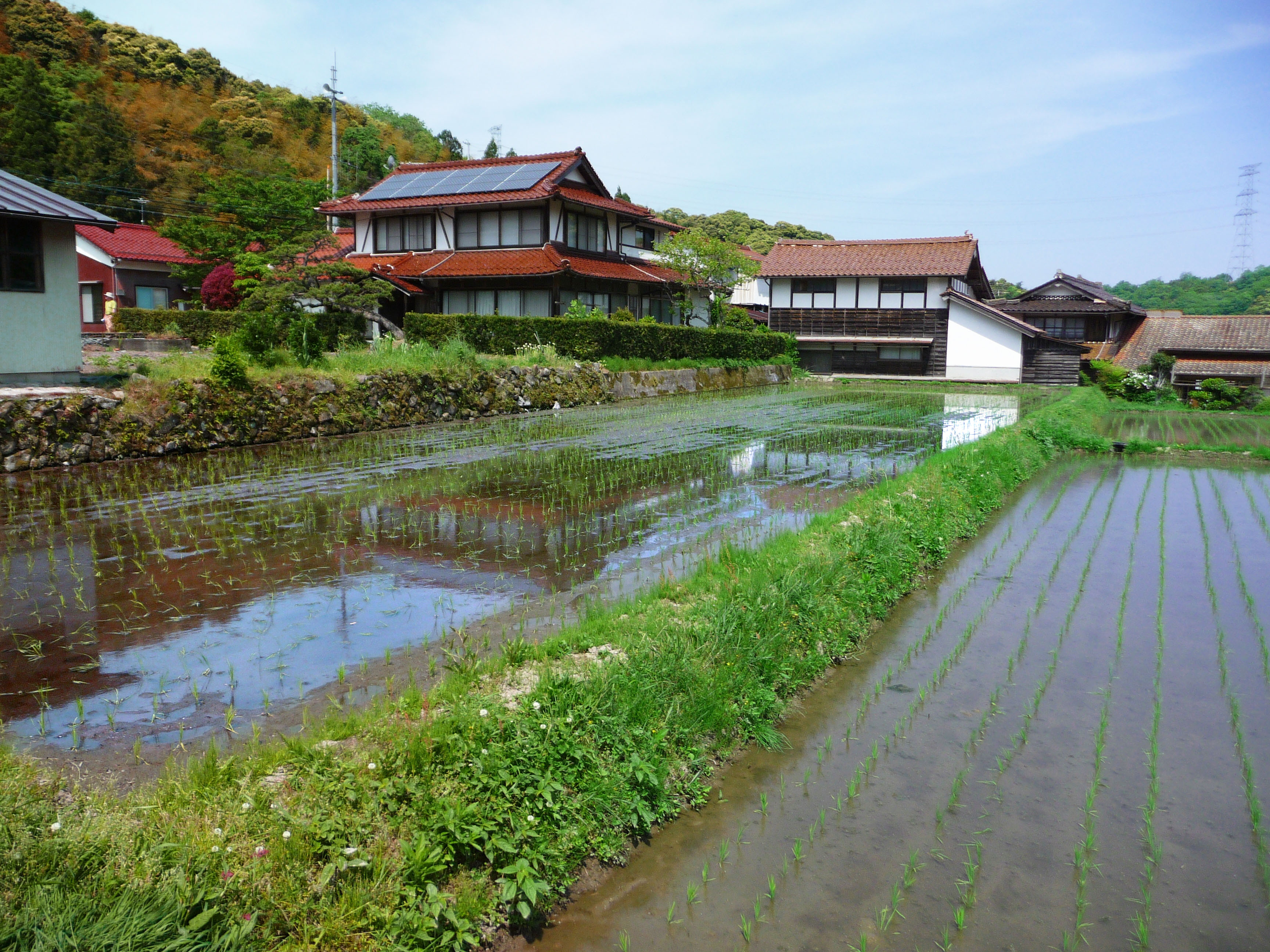At a little roadside store in rural Nagano, a foreign tourist is miming a rice bowl with her cupped left hand. Firm in the belief that Japanese washi (paper — wa meaning Japanese and shi meaning paper) was made from rice, she waves her flattened right hand across the "bowl," miming her desire for "sheets" of paper. Baffled by her gesture myself, I was at least able to communicate with her in English and ask what on Earth she was trying to buy. The local shopkeeper on the other hand was utterly perplexed; this bizarre customer seemed to be repeatedly miming that she didn't want a bowl of rice! But, of course she didn't, that was obvious.
We were, after all, not in a restaurant, but a souvenir shop in the small town of Obuse, Nagano Prefecture, a town famous for its Hokusai Museum, commemorating the life and works of the great artist Katsushika Hokusai (1760-1849). Unlike our miming friend, Hokusai knew a thing or two about paper — it was, after all, one of his essential materials. And if he were here, he would have made it clear from the very outset that washi had nothing at all to do with rice. Well, that's not entirely true. In the past, paper was primarily made by rural farming families — typically in mountainous areas where water was cold and pure — giving them something that they could produce during the cold winter months for a supplementary income and many of those farmers were also growing rice, so arguably there is a link, albeit a tenuous one.
One such region, renowned for both farming and papermaking, is Gokayama, an area that has been granted UNESCO World Heritage status, set amidst the beautiful montane scenery of Gifu and Toyama prefectures. Although most famous for the delightfully intricate farming landscape and the enormous thatched-roof gassho (praying hands) farmhouses of nearby Shirakawa Village, a famed World Heritage Site, Gokayama is worth a visit, for the remnants of its 1,200-year-old paper industry. Visitors can even try their hands at this craft in Washi Taiken Kan, a combined workshop, gallery and retail outlet. But Gokayama is by no means the only rural paper-manufacturing region in Japan.

















With your current subscription plan you can comment on stories. However, before writing your first comment, please create a display name in the Profile section of your subscriber account page.